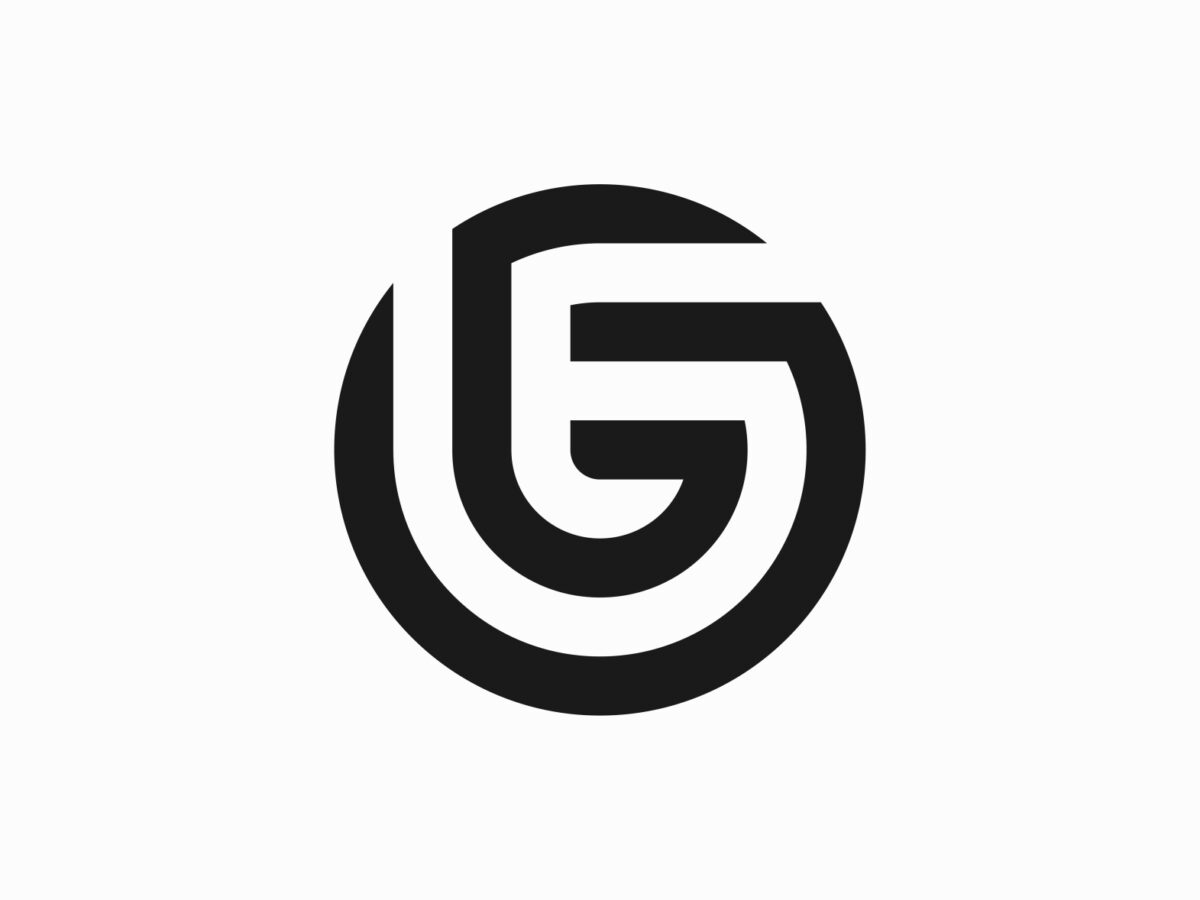Innovative Approaches to Vintage Logo Design

Vintage logo design is a timeless art form that combines nostalgia with modern appeal. It encompasses elements from bygone eras while infusing contemporary techniques to create unique and memorable brand identities. Understanding what defines a vintage logo design is crucial in exploring innovative approaches to this style of design.
What defines a vintage logo?
A vintage logo typically draws inspiration from design trends of the past, often referencing iconic styles from the mid-20th century. Elements such as retro typography, classic color palettes, and nostalgic imagery contribute to the vintage aesthetic. These logos evoke a sense of history and authenticity, appealing to audiences with a penchant for nostalgia.
Historical significance and appeal
The appeal of vintage logos lies in their ability to transcend time and evoke emotions tied to specific eras. They connect with audiences on a deeper level, triggering memories and sentiments associated with the past. This historical significance adds value to brands, conveying a sense of heritage and longevity.
Benefits of Using Vintage Logos
Vintage logos offer several advantages that contribute to their enduring popularity among businesses and consumers alike.
Nostalgia and emotional connection
One of the primary benefits of using vintage logos is their ability to evoke nostalgia and forge emotional connections with audiences. People often associate positive memories and feelings with elements from the past, making vintage designs resonate on a personal level.
Timeless design elements
Another advantage is the timelessness of vintage design elements. Unlike trendy styles that may become outdated quickly, vintage aesthetics have enduring appeal. They withstand changing tastes and remain relevant across generations, ensuring longevity for brands.
Innovative Techniques in Vintage Logo Design
Innovative logo design services are all about merging vintage charm with contemporary flair, crafting captivating and unique visuals that stand out. While classic vintage logos adhere to established design principles, our approach seamlessly blends retro elements with modern techniques to deliver fresh and compelling designs.
Incorporating modern elements
One approach is to incorporate modern elements such as sleek typography or minimalist graphics into vintage designs. This juxtaposition of old and new adds a contemporary twist while preserving the nostalgic charm of vintage logos.
Blending retro and contemporary styles
Another technique is to blend retro and contemporary styles seamlessly. This involves adapting vintage elements to suit modern aesthetics, creating a harmonious balance between the past and the present.
The Role of Typography in Vintage Logos
Typography plays a crucial role in vintage logo design, setting the tone and personality of the brand. Choosing the right fonts is essential to evoke the desired nostalgic feel and authenticity.
Choosing the right fonts
Vintage logos often feature classic serif or script fonts that reflect historical typography styles. These fonts add character and elegance to the design, enhancing the vintage appeal.
Creating a sense of authenticity
Typography also contributes to creating a sense of authenticity in vintage logos. Fonts that mimic old letterpress or signage techniques can evoke a nostalgic ambiance, making the logo feel genuine and timeless.
Color Palette and Imagery
The color palette and imagery used in vintage logos are key elements that define their aesthetic appeal.
Retro color schemes
Vintage logos often utilize retro color schemes, such as muted tones, earthy hues, or faded pastels. These colors evoke a vintage ambiance and complement the overall design theme.
Using vintage imagery effectively
Incorporating vintage imagery, such as retro illustrations or iconic symbols from the past, adds depth and storytelling to the logo. These images resonate with audiences familiar with the era, reinforcing the nostalgic connection.
Simplification and Minimalism
Innovative approaches to vintage logo design also involve simplification and minimalism to create impactful visuals.
Streamlining complex designs
Simplifying complex designs by focusing on essential elements helps maintain clarity and readability in vintage logos. Removing unnecessary details while retaining key features enhances the logo’s visual appeal.
Emphasizing key elements
Minimalist approaches emphasize key elements such as typography or iconic symbols, allowing them to stand out prominently. This strategic use of minimalism enhances the overall impact of the vintage logo.
Future Trends in Vintage Logo Design
As design trends evolve, future trends in vintage logo design are expected to incorporate new technologies and creative approaches.
Evolving styles and preferences
Designers are likely to explore hybrid styles that combine vintage elements with digital innovations, such as animated logos or interactive designs. This evolution reflects changing consumer preferences and technological advancements.
Anticipated changes and advancements
Advancements in design software and techniques will enable designers to push the boundaries of vintage logo design further. From dynamic color gradients to immersive storytelling through logos, the future holds exciting possibilities for innovation in this field.
Conclusion
Innovative approaches to vintage logo design offer a blend of nostalgia, creativity, and modernity. By incorporating innovative techniques in typography, color palette, imagery, and minimalist design principles, brands can create impactful and timeless logos that resonate with audiences across generations.






